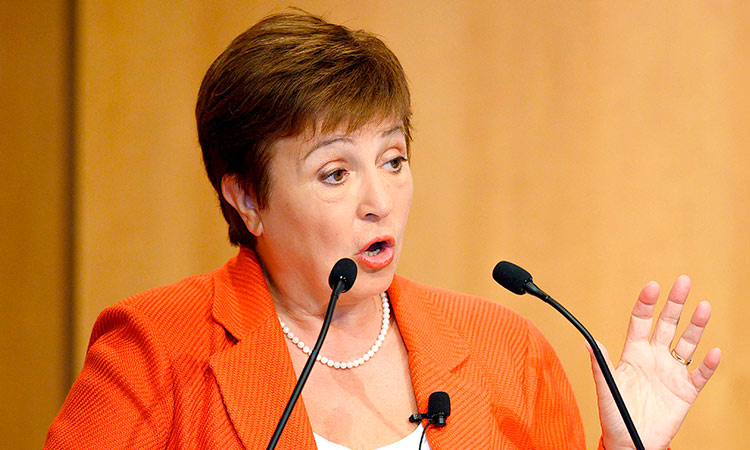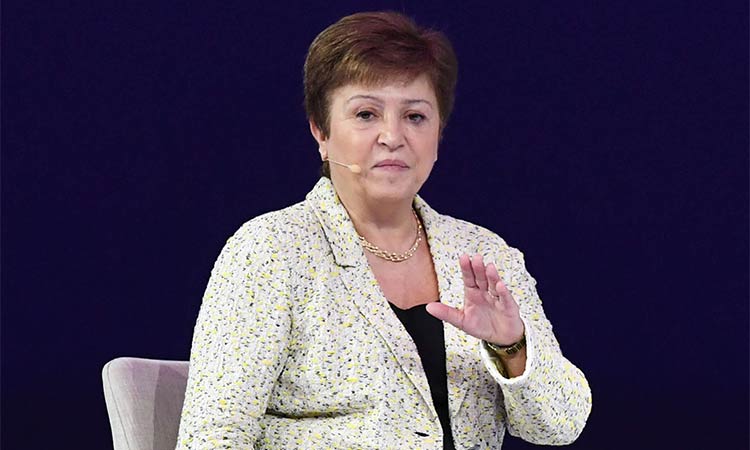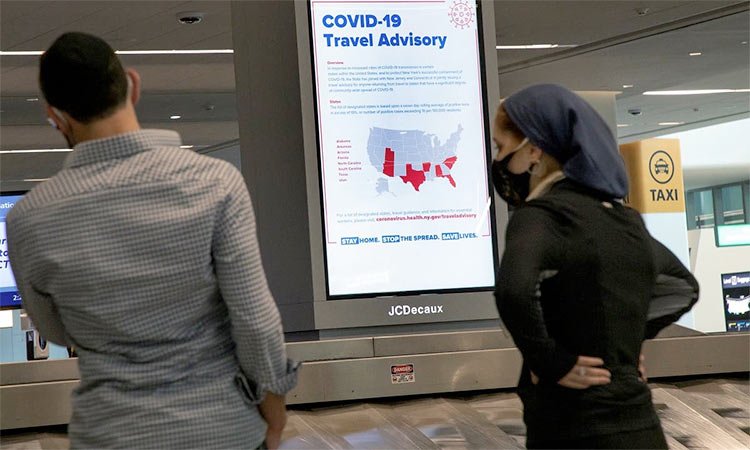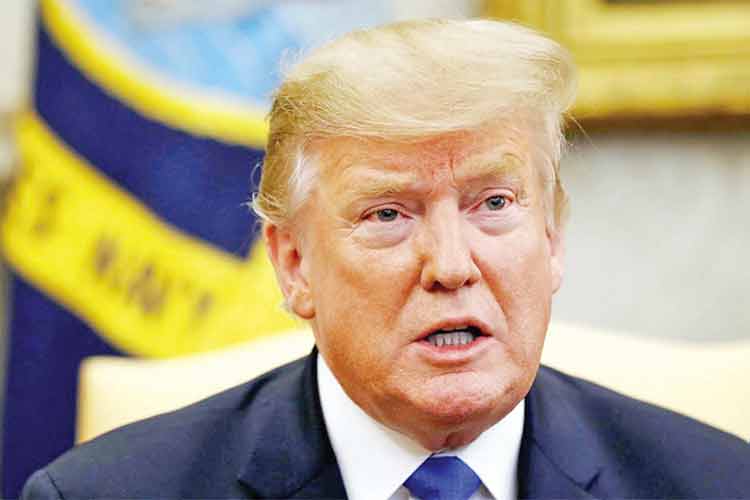IMF move displays its human face

Kristalina Georgieva
Most of the poor countries in the world do not have access to the vaccination drive rolled out in the rich and middle-income countries. Most of the Covid-19 vaccines have emerged from the United States, the United Kingdom, China, Russia and India, and the poor countries remain outside of the vaccine ambit. The IMF expanding the Special Drawing Rights (SDRs) of the 190 member countries will be to access the expanded financial resource created by the IMF. Many of the Republicans in the US Senate had argued that the US’s gesture would help adversaries like Russia, China, and Iran. But they have been overruled. IMF Managing Director Krystalina Georgieva has described the IMF’s decision as a “shot in the arm of the world”. It has been pointed out that the IMF had made a provision of US$250 billion at the time of the global financial crisis of 2009, and the present provision in response to the pandemic is the largest ever provided by the IMF.
The IMF’s gesture would remain ambiguous unless it allows the poor countries to borrow at concessional interest rates and at zero interest rates if possible, for them to deal with the health emergency internally and to access the vaccine supplies available in the global markets. The World Health Organisation (WHO) does play the generous intermediary in ensuring vaccine supplies, but this needs to be bolstered by easier interest rates for the poor countries borrowing from the IMF.
The US$650 billion provision is not meant as a humanitarian aid. It is to help vulnerable countries to come out of the economic crisis created by Covid-19. It is not as yet clear whether the global economic activities can go back to the pre-Covid-19 ways, or whether there is need to evolve Covid-19 compliant ways of doing business across international borders. If it is the latter, then every country, rich and poor, big and small, will have to evolve an appropriate strategy of its own to deal with the new challenge. And that the IMF’s help-yourself fund should be used by countries to adjust to the new economic reality. It will be necessary for the IMF and its domineering shareholders to refrain from prescribing to the borrower-countries as to what they should be doing to deal with the new situation. The response of the US and Canada, or the European Union countries, may not be a right solution to other countries in West and Central Asia or in Latin America. The world has not yet fully emerged from the 2009 global financial crisis. It might take even longer for many countries to come out of the economic crisis created by Covid-19.







